From the Chicago Reader (May 7, 1993). — J.R.

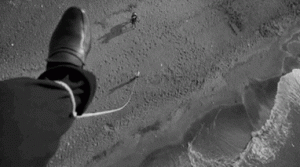
If what you know about this exuberant, self-regarding movie comes from its countless inferior imitations (from Mazursky’s Alex in Wonderland and The Pickle to Allen’s Stardust Memories to Fosse’s All That Jazz), you owe it to yourself to see Federico Fellini’s exhilarating, stocktaking original — an expressionist, circuslike comedy about the complex mental and social life of a big-time filmmaker (Marcello Mastroianni) stuck for a subject and the busy world surrounding him. It’s Fellini’s last black-and-white picture, and conceivably the most gorgeous and inventive thing he’s ever made — certainly more fun than anything he’s made since. (The only other Fellini movie that’s about as pleasurable would be The White Sheik.) With Claudia Cardinale, Sandra Milo, and Anouk Aimee (1963). A new 35-millimeter print will be shown. Music Box, Friday through Thursday, May 7 through 13.
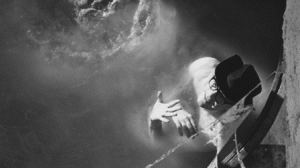
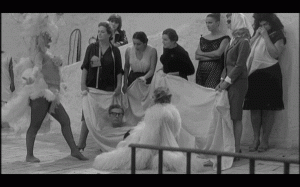 Read more
Read more
From the Chicago Reader (July 26, 1996). — J.R.
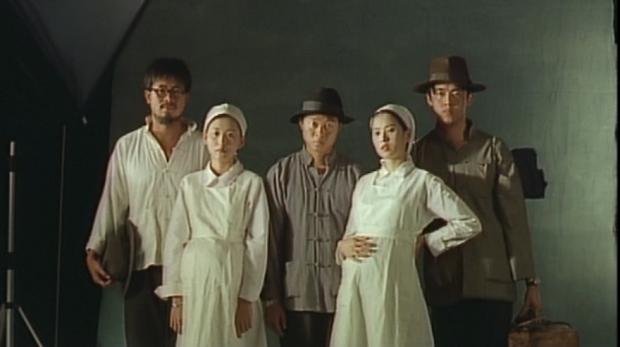
Like its predecessors, the concluding and entirely self-sufficient feature in Hou Hsiao-hsien’s epic trilogy about the history of Taiwan in the 20th century — a landmark in Taiwanese cinema along with Edward Yang’s A Brighter Summer Day — focuses on a specific period and a specific art form. City of Sadness (1989) covers the end of World War II through the retreat of the Kuomintang to Taiwan in 1949 and concentrates on still photography; The Puppet Master (1993) covers the first 36 years (1909-1945) in the life of puppet master Li Tien-lu and showcases his art. This film, whose art form is cinema itself, intercuts material from 1949 to the present. In the present a young film actress preparing to play Chiang Bi-yu — an anti-Japanese guerrilla in 40s China who, along with her husband, was arrested when she returned to Taiwan during the anticommunist “White Terror” of the 50s — is harassed by an anonymous caller who’s stolen her diary and is faxing her pages from it. Images evoked by her diary from her past as a drug-addicted barmaid involved with a gangster alternate with her imaginative projections of the film she’s about to shoot, seen in black and white. Read more
From the Chicago Reader (July 16, 1993). — J.R.
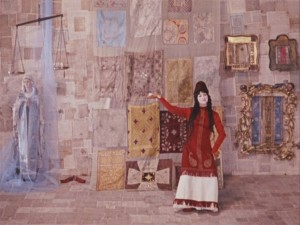
The late Sergei Paradjanov’s greatest film, a mystical and historical mosaic about the life, work, and inner world of the 18th-century Armenian poet Sayat Nova, has previously been available only in the ethnically “dry-cleaned” Russian version — recut and somewhat reorganized by Sergei Yutkevich, with chapter headings added to clarify the content for Russian viewers. This superior version of the film, recently found in an Armenian studio, shouldn’t be regarded as definitive (some of the material from the Yutkevich cut is missing), but it’s certainly the finest we have and may ever have: some shots and sequences are new, some are positioned differently, and, of particular advantage to Western viewers, much more of the poetry is subtitled. (Oddly enough, it’s hard to tell why the “new” shots were censored.) In both versions the striking use of tableaulike frames recalls the shallow space of movies made roughly a century ago, while the gorgeous uses of color and the wild poetic conceits seem to derive from some utopian cinema of the future, at once “difficult” and immediate, cryptic and ravishing. This is essential viewing (1969). Facets Multimedia Center, 1517 W. Fullerton, Friday and Saturday, July 16 and 17, 7:00 and 9:00; Sunday, July 18, 5:30 and 7:30; and Monday through Thursday, July 19 through 22, 7:00 and 9:00; 281-4114. Read more






